25 Destinations Every Foodie Must Visit
Food has the remarkable power to transport us across cultures, create lasting memories, and forge connections with people from different corners of the world. For passionate food lovers, travel becomes an exploration of flavors, techniques, and culinary traditions that define entire civilizations. The best foodie destinations offer more than just exceptional cuisine—they provide immersive experiences that engage all senses and reveal the soul of a place through its gastronomy.
“Some of life’s greatest adventures start with an unforgettable meal, where every bite tells a story.”
Culinary travel has emerged as one of the fastest-growing segments in luxury tourism, with travelers increasingly prioritizing food experiences when planning their journeys.
This comprehensive guide explores 25 extraordinary destinations where food lovers can embark on transformative culinary adventures, from bustling street food markets to world-renowned Michelin-starred restaurants.
What Makes a Destination Perfect for Food Lovers
The finest food tourism destinations share several key characteristics that elevate them beyond ordinary travel experiences. These locations offer authentic culinary traditions deeply rooted in local culture, diverse dining options ranging from street food to haute cuisine, and opportunities to engage with local food producers and chefs.
Accessibility to local ingredients plays a crucial role in defining exceptional culinary travel destinations. Markets brimming with fresh produce, specialty food shops, and cooking classes provide travelers with hands-on experiences that deepen their understanding of regional cuisine. The best food destinations also maintain a balance between preserving traditional cooking methods and embracing innovative culinary techniques.
Cultural significance amplifies the foodie experience in these destinations. Places where food serves as a cornerstone of social interaction, religious ceremonies, or family traditions offer travelers profound insights into local customs and values. The combination of exceptional flavors, cultural immersion, and memorable experiences creates the perfect storm for unforgettable culinary adventures.
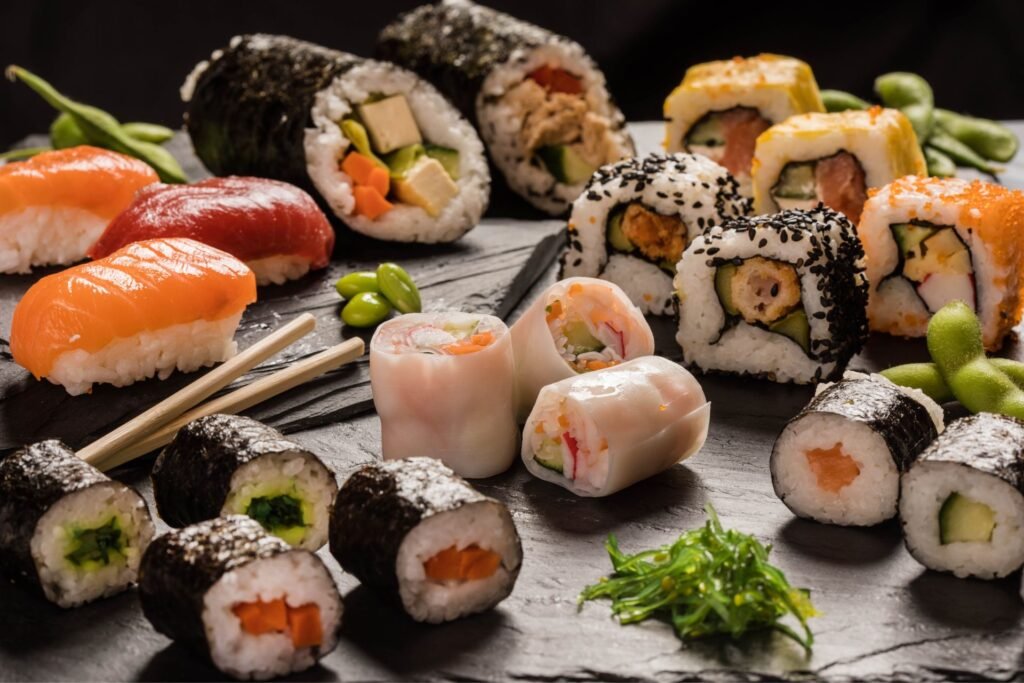
Asian Culinary Capitals
Tokyo, Japan
Tokyo stands as the undisputed global capital of culinary excellence, boasting more Michelin stars than any other city worldwide. The city’s food scene seamlessly blends centuries-old traditions with cutting-edge innovation, creating a dining landscape that satisfies every palate and budget.
From intimate sushi counters in Tsukiji to bustling ramen shops in Shinjuku, Tokyo offers unparalleled diversity in dining experiences. The city’s commitment to craftsmanship extends to every aspect of food preparation, where skilled artisans dedicate their lives to perfecting single dishes. Street food culture thrives alongside haute cuisine, with yakitori stalls and takoyaki vendors creating affordable yet extraordinary culinary experiences.
The seasonal approach to dining in Tokyo reflects Japan’s deep connection to nature and time. Kaiseki restaurants showcase ingredients at their peak freshness, while local markets offer travelers opportunities to witness the meticulous selection process that defines Japanese food culture.
Bangkok, Thailand
Bangkok pulses with an energy that extends directly to its vibrant food scene. The city serves as Thailand’s culinary heart, where complex flavors and aromatic spices create dishes that dance on the palate with perfect balance of sweet, sour, salty, and spicy elements.
Street food reigns supreme in Bangkok, with vendors creating restaurant-quality dishes from mobile carts and small stalls. The city’s famous markets, including Chatuchak Weekend Market and floating markets, offer travelers immersive experiences where they can sample regional specialties while observing traditional cooking techniques passed down through generations.
Thai cuisine’s emphasis on fresh herbs, bold flavors, and artistic presentation makes Bangkok a paradise for food photography enthusiasts. The city’s affordability allows travelers to sample numerous dishes without breaking the bank, making it an ideal destination for adventurous eaters seeking variety and authenticity.
Singapore
Singapore’s unique position as a cultural melting pot has created one of the world’s most diverse and sophisticated food scenes. The city-state’s hawker centers represent UNESCO-recognized cultural heritage, where multiple cuisines coexist and influence each other in fascinating ways.
The famous hawker centers serve as Singapore’s cultural ambassadors, offering authentic Chinese, Malay, Indian, and Peranakan cuisines at remarkably affordable prices. These bustling food courts create communal dining experiences where travelers can sample dishes from multiple cultures in single meals.
Singapore’s commitment to culinary excellence extends beyond street food to world-class restaurants helmed by internationally acclaimed chefs. The city’s strategic location and multicultural population have created a unique fusion cuisine that reflects its diverse heritage while maintaining distinct regional identities.
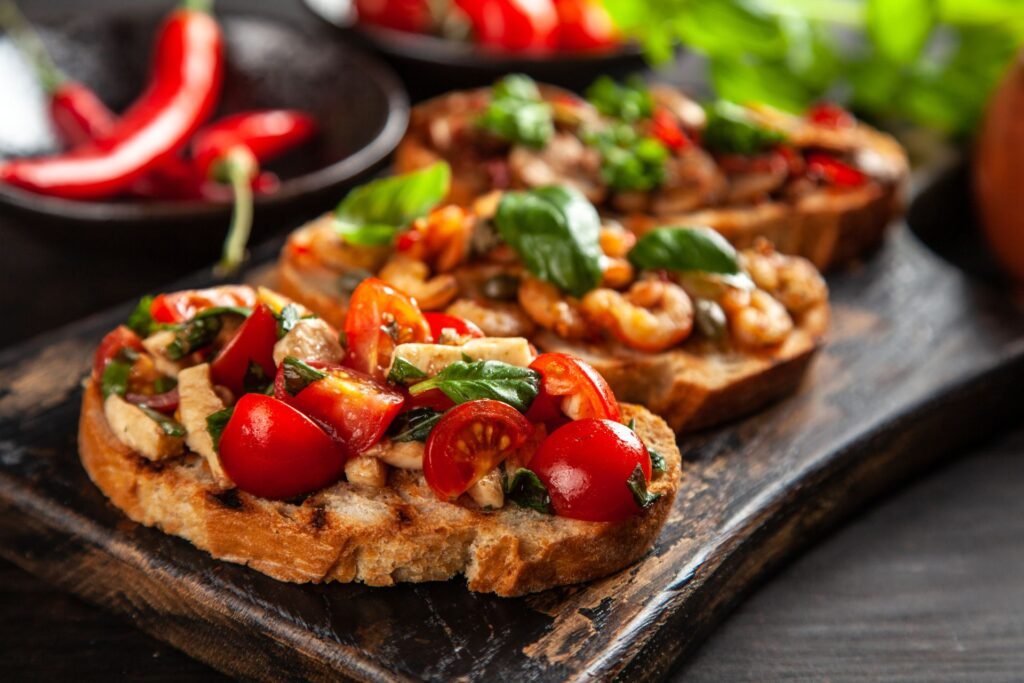
European Gastronomic Gems
Paris, France
Paris remains the eternal muse for culinary enthusiasts, where every neighborhood offers distinctive flavors and dining experiences. The city’s culinary landscape encompasses everything from traditional bistros serving classic French comfort food to innovative restaurants pushing the boundaries of modern gastronomy.
The French capital’s markets, including Marché Saint-Germain and Marché des Enfants Rouges, provide travelers with opportunities to interact with local producers and artisans.
These vibrant spaces showcase the French commitment to quality ingredients and traditional preparation methods that form the foundation of exceptional cuisine.
Parisian café culture creates intimate spaces where travelers can observe daily life while enjoying expertly crafted coffee and pastries. The city’s patisseries represent edible art galleries, where skilled craftsmen create visually stunning desserts that taste as extraordinary as they appear.
Barcelona, Spain
Barcelona’s culinary scene reflects the city’s creative spirit and commitment to innovation while honoring traditional Catalan cooking. The city has emerged as a global leader in molecular gastronomy while maintaining strong connections to its Mediterranean culinary roots.
The famous La Boqueria market serves as Barcelona’s culinary heart, where fresh seafood, cured meats, and local produce create a sensory wonderland for food lovers. The market’s tapas bars offer travelers opportunities to sample traditional dishes while experiencing the social aspects of Spanish dining culture.
Barcelona’s pintxos bars and traditional tabernas provide authentic experiences where travelers can engage with locals while sampling small plates that showcase regional specialties. The city’s late dining culture encourages leisurely meals that extend into the evening, creating opportunities for meaningful cultural exchange.
Rome, Italy
Rome’s culinary tradition spans millennia, creating a food culture that values simplicity, quality ingredients, and time-honored techniques. The city’s trattorias and osterias serve as guardians of traditional Roman cuisine, where recipes passed down through generations continue to delight contemporary palates.
The concept of “cucina povera” or peasant cooking defines much of Rome’s culinary identity, where simple ingredients are transformed into extraordinary dishes through skilled preparation. Classic Roman dishes like cacio e pepe and carbonara demonstrate how masterful technique can elevate humble ingredients into culinary masterpieces.
Rome’s food markets, including Campo de’ Fiori and Testaccio Market, offer travelers glimpses into daily Italian life while providing access to exceptional local ingredients. The city’s gelaterias, pizzerias, and coffee bars create casual dining experiences that capture the essence of Italian food culture.
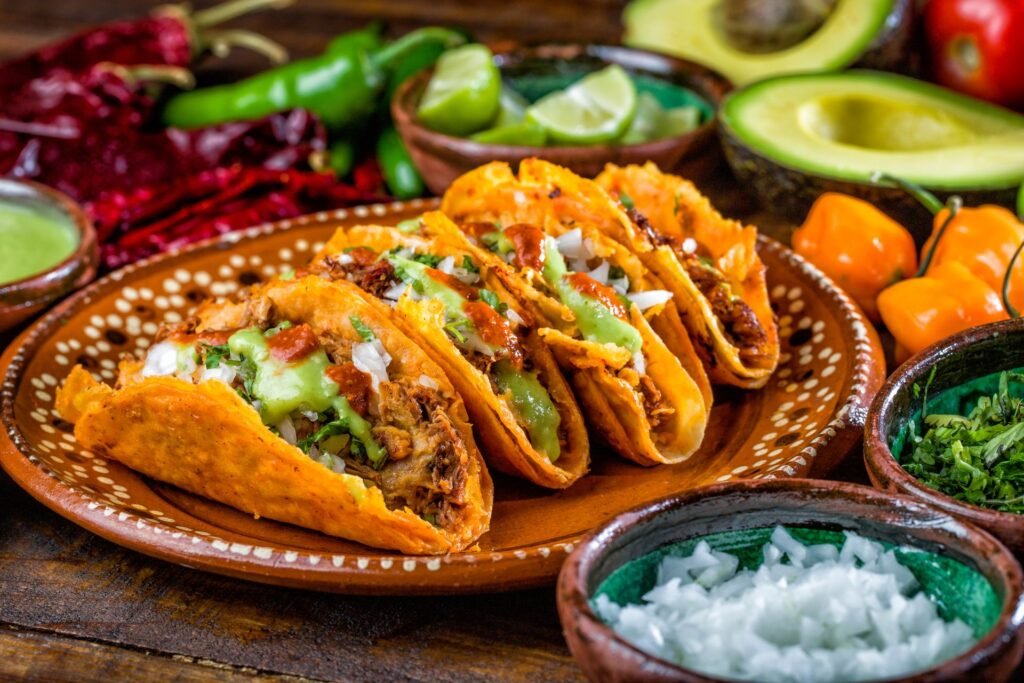
Latin American Flavor Explosions
Mexico City, Mexico
Mexico City has experienced a culinary renaissance that has captured international attention and earned recognition from the prestigious Michelin Guide. The city’s food scene brilliantly balances ancient indigenous traditions with contemporary innovation, creating a unique culinary landscape that tells the story of Mexico’s complex cultural heritage.
Traditional markets like Mercado de San Juan offer travelers authentic experiences where they can sample regional specialties while observing traditional cooking methods. These vibrant spaces showcase the incredible diversity of Mexican cuisine, from exotic ingredients to time-honored preparation techniques.
The city’s street food culture represents some of the world’s most sophisticated fast food, where vendors create complex dishes with remarkable skill and speed. Tacos al pastor, quesadillas, and tamales served from street carts often rival restaurant-quality preparations while maintaining affordable prices that make culinary exploration accessible to all travelers.
Lima, Peru
Lima has emerged as South America’s culinary capital, where innovative chefs blend traditional Peruvian ingredients with international techniques to create a distinctive cuisine that has gained global recognition. The city’s food scene reflects Peru’s incredible biodiversity and multicultural heritage.
The fusion of Japanese, Chinese, and indigenous Peruvian influences has created unique culinary traditions like Nikkei and Chifa cuisine. These distinctive styles demonstrate how cultural exchange can produce entirely new culinary categories that honor multiple traditions while creating something entirely original.
Lima’s commitment to indigenous ingredients has sparked renewed interest in traditional foods like quinoa, chia seeds, and purple corn. The city’s restaurants serve as laboratories where chefs experiment with ancestral ingredients while applying modern techniques to create innovative dishes that celebrate Peru’s culinary heritage.
Buenos Aires, Argentina
Buenos Aires embodies the passion and intensity of Argentine culture through its exceptional food scene. The city’s legendary steakhouses, known as parrillas, serve some of the world’s finest beef while creating social experiences that extend far beyond simple meals.
The Argentine approach to dining emphasizes quality time spent with friends and family, where meals become celebrations that can last for hours. This cultural approach to food creates opportunities for travelers to experience authentic Argentine hospitality while enjoying exceptional cuisine.
Buenos Aires’ Italian immigration has created a unique fusion cuisine that combines Argentine beef with Italian pasta and pizza traditions. The city’s pizzerias and pasta restaurants offer comfort food experiences that reflect the warmth and generosity of Argentine culture.
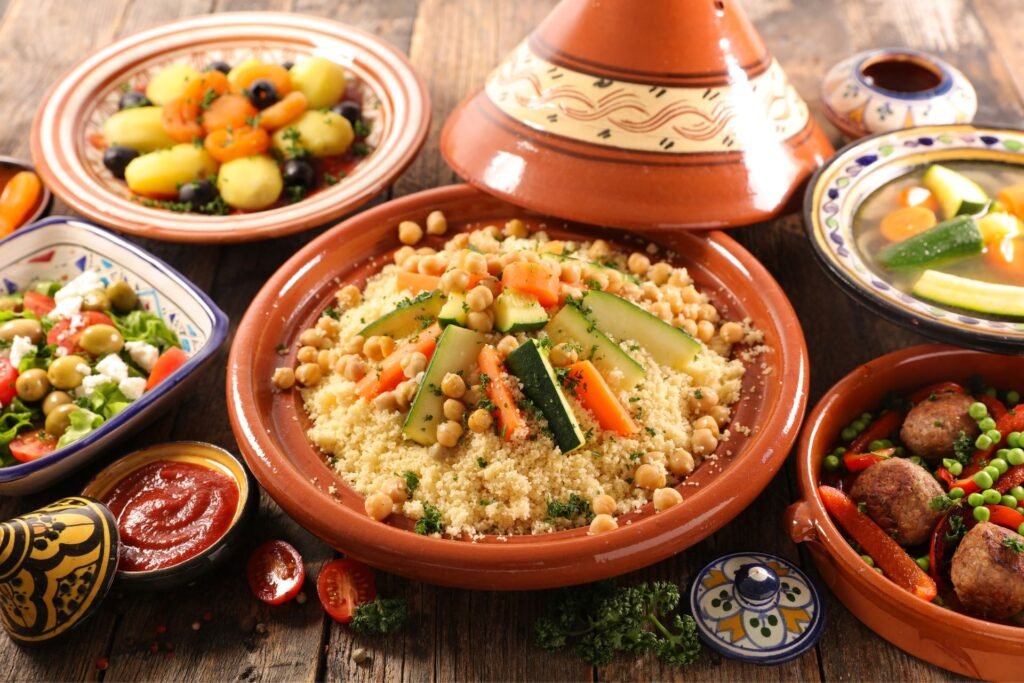
Middle Eastern and African Culinary Adventures
Istanbul, Turkey
Istanbul’s position as a bridge between Europe and Asia has created a culinary landscape that seamlessly blends influences from multiple continents.
The city’s food scene reflects centuries of cultural exchange, creating distinctive flavors that are uniquely Turkish while incorporating elements from various culinary traditions.
The Grand Bazaar and Spice Bazaar offer sensory experiences where travelers can sample Turkish delight, baklava, and aromatic spices while observing traditional trading practices. These historic markets create immersive experiences that engage all senses while providing insights into Turkish culture and history.
Turkish breakfast culture represents one of the world’s most elaborate morning meals, where multiple dishes are served family-style to encourage social interaction. The Turkish approach to hospitality extends to every dining experience, where guests are treated as honored family members.
Marrakech, Morocco
Marrakech’s food scene offers travelers adventurous culinary experiences that engage all senses. The city’s famous Jemaa el-Fnaa square transforms into an open-air restaurant each evening, where food vendors create authentic Moroccan dishes while providing entertainment and cultural immersion.
Traditional Moroccan cooking techniques, including tagine preparation and bread baking in communal ovens, offer travelers opportunities to observe time-honored methods that have remained unchanged for centuries. These experiences provide insights into Moroccan culture while creating memorable culinary adventures.
The complex spice blends that define Moroccan cuisine create layers of flavor that evolve throughout each meal. The country’s commitment to fresh ingredients and traditional preparation methods ensures that every dish tells a story of cultural heritage and culinary craftsmanship.
Cape Town, South Africa
Cape Town’s diverse cultural heritage has created a unique culinary landscape that reflects the city’s complex history while embracing contemporary innovation. The city’s food scene combines indigenous African ingredients with influences from Dutch, British, and Malaysian culinary traditions.
The Winelands surrounding Cape Town offer travelers opportunities to pair exceptional local wines with innovative cuisine that showcases South African ingredients. These experiences combine culinary excellence with stunning natural beauty, creating memorable food and wine adventures.
Cape Town’s braai culture represents more than simple barbecuing—it embodies South African social traditions where food serves as a catalyst for community building and cultural exchange. These authentic experiences offer travelers insights into South African hospitality and cultural values.
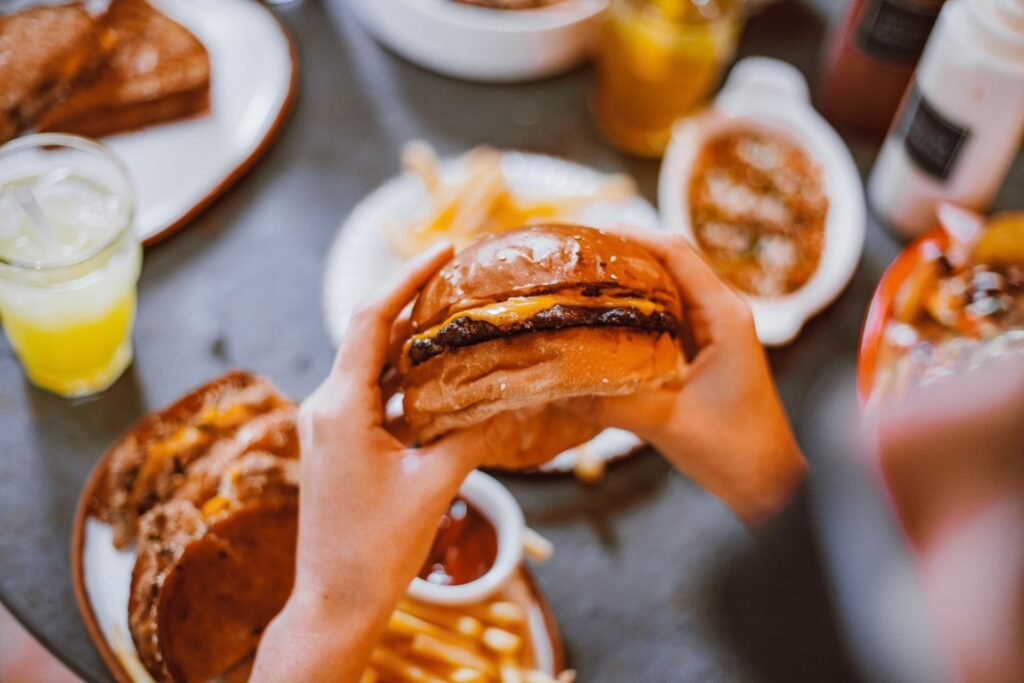
North American Food Havens
New York City, USA
New York City’s status as a global melting pot has created one of the world’s most diverse and dynamic food scenes.
The city offers authentic cuisine from virtually every corner of the globe, often prepared by immigrant communities who have brought their culinary traditions to America.
The city’s food truck culture has elevated street food to gourmet levels, where creative chefs serve restaurant-quality dishes from mobile kitchens. These innovative food vendors create accessible culinary experiences that reflect New York’s entrepreneurial spirit and cultural diversity.
New York’s fine dining scene consistently pushes culinary boundaries while maintaining the highest standards of excellence. The city’s competitive restaurant environment ensures that only the most exceptional establishments survive, creating a food scene that rewards innovation and quality.
New Orleans, USA
New Orleans’ unique culinary identity reflects the city’s complex cultural heritage, where French, Spanish, African, and Caribbean influences have created distinctive cuisines like Creole and Cajun. The city’s food culture is deeply intertwined with music, celebration, and community traditions.
The famous French Quarter offers travelers authentic experiences where they can sample local specialties like gumbo, jambalaya, and beignets while experiencing the city’s vibrant cultural atmosphere. These neighborhoods create immersive experiences that engage multiple senses while providing insights into New Orleans’ unique cultural identity.
New Orleans’ approach to food emphasizes celebration and community, where meals become social events that bring people together. This cultural approach to dining creates opportunities for travelers to experience authentic Southern hospitality while enjoying exceptional cuisine.
Vancouver, Canada
Vancouver’s Pacific Northwest location and multicultural population have created a distinctive food scene that emphasizes fresh seafood, local ingredients, and diverse cultural influences. The city’s commitment to sustainability and farm-to-table practices reflects broader environmental consciousness.
The city’s proximity to both ocean and mountains provides access to exceptional ingredients, from fresh salmon and Dungeness crab to local wines and artisanal cheeses. These natural advantages create a foundation for culinary excellence that showcases the region’s natural bounty.
Vancouver’s significant Asian population has created some of North America’s most authentic Asian cuisine outside of Asia itself. The city’s Richmond neighborhood offers travelers opportunities to sample exceptional Chinese, Japanese, and Korean dishes while experiencing authentic cultural environments.

Oceanic Culinary Destinations
Melbourne, Australia
Melbourne’s coffee culture has achieved global recognition, with the city serving as a trendsetter for specialty coffee preparation and café culture. The city’s laneways hide exceptional restaurants and cafés that create intimate dining experiences in unexpected urban settings.
The city’s multicultural population has created a food scene that celebrates diversity while maintaining high standards of quality and innovation. Melbourne’s food festivals and markets provide travelers with opportunities to sample cuisines from around the world while experiencing the city’s vibrant cultural atmosphere.
Melbourne’s commitment to local ingredients and sustainable practices has created a farm-to-table movement that emphasizes seasonal cooking and environmental responsibility. This approach to dining reflects broader Australian values while creating exceptional culinary experiences.
Sydney, Australia
Sydney’s harbor location provides access to exceptional seafood while the city’s multicultural population creates diverse dining options that reflect contemporary Australian culture. The city’s food scene balances casual beach culture with sophisticated urban dining.
The famous Sydney Fish Market offers travelers opportunities to sample the freshest seafood while observing traditional Australian fishing practices. These authentic experiences provide insights into Australian food culture while creating memorable culinary adventures.
Sydney’s rooftop restaurants and waterfront dining venues create spectacular settings where exceptional cuisine is paired with stunning natural beauty. These experiences combine culinary excellence with uniquely Australian ambiance.
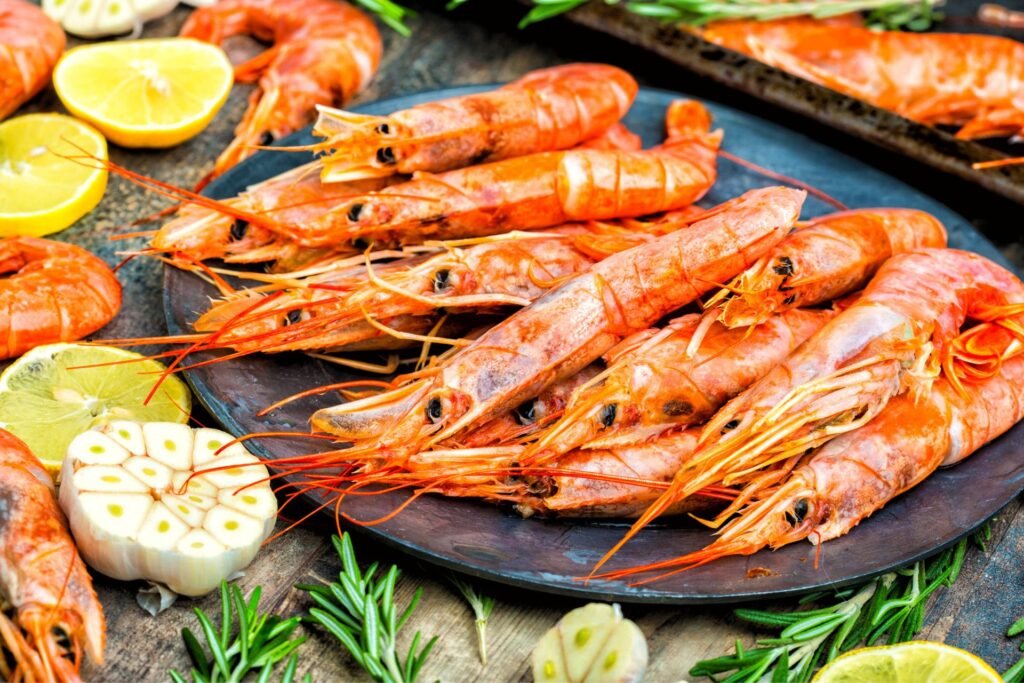
Caribbean and Island Paradises
Barbados
Barbados offers travelers authentic Caribbean cuisine that reflects the island’s cultural heritage and natural abundance. The island’s food scene emphasizes fresh seafood, tropical fruits, and spices that create distinctive flavors unique to the Caribbean region.
Flying fish and cou-cou represent Barbados’ national dish, showcasing the island’s commitment to local ingredients and traditional preparation methods. These authentic experiences offer travelers insights into Caribbean culture while providing exceptional culinary adventures.
The island’s rum culture creates opportunities for travelers to experience traditional Caribbean beverages while learning about sugar production and colonial history. These cultural experiences combine culinary education with historical insights.
Jamaica
Jamaica’s bold flavors and vibrant spices create a culinary landscape that reflects the island’s energetic culture and diverse heritage. Jerk cooking represents one of Jamaica’s most distinctive culinary contributions, where complex spice blends create intense flavors that embody the island’s passionate spirit.
The island’s coffee culture, centered around Blue Mountain coffee, offers travelers opportunities to experience one of the world’s most prized coffee varieties while learning about traditional cultivation methods. These authentic experiences combine culinary education with stunning natural beauty.
Jamaica’s emphasis on fresh ingredients and bold flavors creates dining experiences that engage all senses while providing insights into Caribbean culture and hospitality. The island’s food culture reflects the warmth and generosity of Jamaican people.
Planning Your Culinary Journey
Successful food tourism requires careful planning and preparation to maximize culinary experiences while ensuring safety and enjoyment. Understanding local dining customs, making reservations at popular restaurants, and researching traditional dishes enhances the overall travel experience.
Budget considerations play important roles in culinary travel planning. Street food and local markets often provide the most authentic experiences at affordable prices, while fine dining establishments offer opportunities to experience innovative cuisine and exceptional service. Balancing different price points allows travelers to experience the full spectrum of local food culture.
Dietary restrictions and food allergies require special attention when traveling for culinary experiences. Researching local ingredients and communicating dietary needs clearly ensures safe and enjoyable dining experiences. Many destinations offer vegetarian, vegan, and gluten-free options that showcase local cuisine while accommodating special dietary requirements.
Making the Most of Your Foodie Adventures
Engaging with local food culture extends beyond simply eating at restaurants. Cooking classes, food tours, and market visits provide hands-on experiences that deepen understanding of local cuisine while creating lasting memories and practical skills.
Photography plays important roles in documenting culinary adventures, but travelers should be mindful of local customs and restaurant policies regarding food photography. Respecting local customs while capturing memories ensures positive experiences for all participants.
Learning basic phrases in local languages enhances dining experiences and demonstrates respect for local culture. Simple words like “thank you” and “delicious” in the local language create positive interactions with restaurant staff and fellow diners.
Final Thoughts
These 25 exceptional destinations offer food lovers unprecedented opportunities to explore the world through cuisine. Each location provides unique flavors, cultural insights, and memorable experiences that extend far beyond simple meals. From street food adventures in Bangkok to Michelin-starred experiences in Paris, these destinations create transformative journeys that satisfy both appetite and wanderlust.
The beauty of culinary travel lies in its ability to create connections between people, cultures, and traditions through the universal language of food. Whether seeking authentic traditional dishes or innovative contemporary cuisine, these destinations offer experiences that nourish both body and soul while creating lasting memories that inspire future adventures.
Food tourism continues to evolve as travelers seek more meaningful and authentic experiences. These 25 destinations represent the pinnacle of culinary travel, where exceptional cuisine meets rich cultural heritage to create unforgettable adventures for passionate food lovers.
Spa Executive – 2025 culinary travel trends and luxury tourism insights
Odyno Tours – Top foodie destinations ranking and travel recommendations
Essence Magazine – Culinary travel destination ideas and planning advice
Carrots and Tigers – Monthly foodie destination guide for 2025
Michelin Guide – Emerging foodie destinations and culinary scene insights
National Geographic – Food destination recommendations and travel expertise
Fine Dining Lovers – Culinary travel destinations and restaurant recommendations
Hotelbeds – Luxury culinary tourism trends and market insights
Dana Communications – Food tourism industry analysis and destination insights
Bucket List Travels – Comprehensive foodie destination guide and travel tips
If you liked this article, check the other ones on Majestic Mondo website. Consider joining the Instagram community as well, to fully enjoy the beauty of our planet.

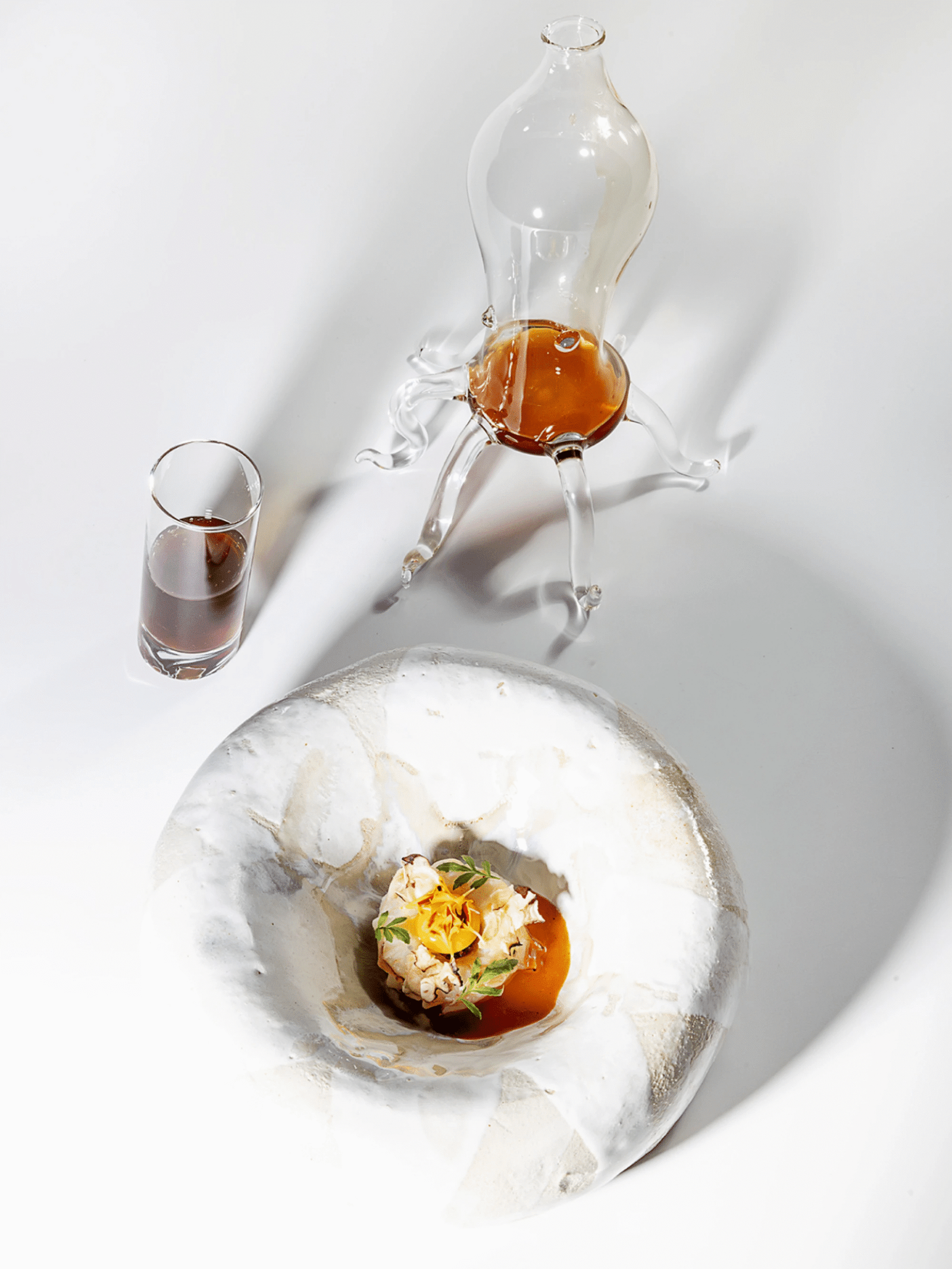


Leave a Reply